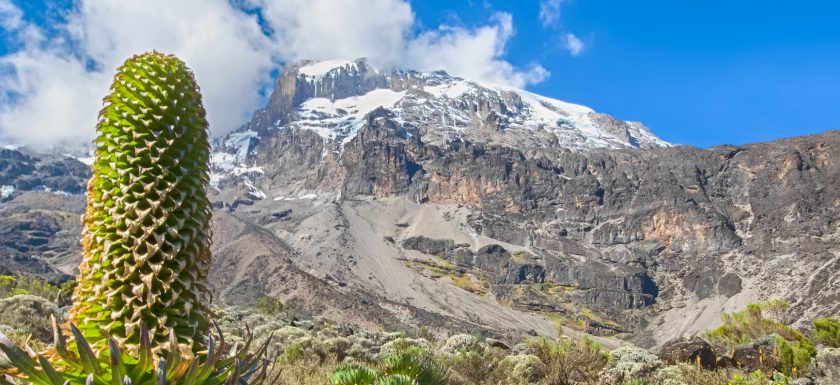
The Lemosho Route is widely regarded as the most beautiful and rewarding route on Mount Kilimanjaro. It offers a perfect blend of stunning scenery, excellent acclimatization profile, and high summit success rates. Starting from the remote west side of the mountain, the trail takes you through untouched rainforest, expansive moorlands, the iconic Shira Plateau, and the dramatic Barranco Wall before joining the Machame route near Lava Tower.
$000
The Rongai Route is unique because it approaches the mountain from the north, making it the quietest of all the routes. It is also a great option for those who want to avoid the crowds and enjoy a less steep climb.
$000
The Northern Circuit is the longest and most scenic route, offering trekkers a comprehensive view of Kilimanjaro’s diverse landscapes. It’s a perfect choice for those who want the most time to acclimatize and enjoy breathtaking panoramas.
$000
The Shira Route starts at an already high altitude, offering an immediate immersion into Kilimanjaro’s alpine environment. It’s less frequently used than the other routes, offering trekkers a more peaceful experience. However, its higher starting point makes it slightly more challenging.
There are several routes, each with different characteristics. The Machame Route is the most popular and scenic, while the Marangu Route is the easiest and only one with hut accommodation. For a quieter climb, consider the Rongai Route. For experienced trekkers, Umbwe Route offers a more challenging ascent
There are several routes, each with different characteristics. The Machame Route is the most popular and scenic, while the Marangu Route is the easiest and only one with hut accommodation. For a quieter climb, consider the Rongai Route. For experienced trekkers, Umbwe Route offers a more challenging ascent
The typical duration is 5 to 9 days, depending on the route. The longer the climb, the better the chances of acclimatization and a successful summit.
Climbing Kilimanjaro requires physical stamina and mental preparation. While it’s not a technical climb, it can be challenging due to the high altitude. We recommend a moderate level of fitness and commitment. The difficulty varies depending on the route and how well you acclimatize.
No, you do not need technical climbing skills. However, the trek requires good physical fitness and the ability to handle altitude. If you’re a beginner, routes like Marangu or Rongai may be more suitable.
Depending on the route, you will either camp in tents or stay in mountain huts. The Marangu Route offers huts, while other routes like Machame, Lemosho, and Rongai require camping with tents.
Mount Kilimanjaro stands at 5,895 meters (19,341 feet) above sea level, making it the highest mountain in Africa and one of the highest free-standing mountains in the world.
Mount Kilimanjaro stands at 5,895 meters (19,341 feet) above sea level, making it the highest mountain in Africa and one of the highest free-standing mountains in the world.
Essential items include:
Warm clothes (even in the tropics, temperatures can drop below freezing)
Waterproof gear (jackets, pants)
Climbing boots
Sleeping bags
Sunscreen
Headlamp/flashlight
Daypack
Personal items like toiletries and medication
We will provide a detailed gear list to help you pack efficiently.
The summit success rate ranges from 60% to 90%, depending on the route, acclimatization, and physical preparedness. Routes like Lemosho and Machame tend to have higher success rates due to better acclimatization schedules.
We provide transfers from Moshi or Arusha to the starting gate of the trek. Our team will ensure smooth transport from your hotel to the departure point.

Lujoma Expeditions is a locally owned Tanzanian tour company specializing in custom safaris, cultural experiences, mountain treks, and beach holidays across East Africa.
© 2025 Lujoma Expeditions. All Rights Reserved. | Privacy Policy | Terms & Conditions
WhatsApp us